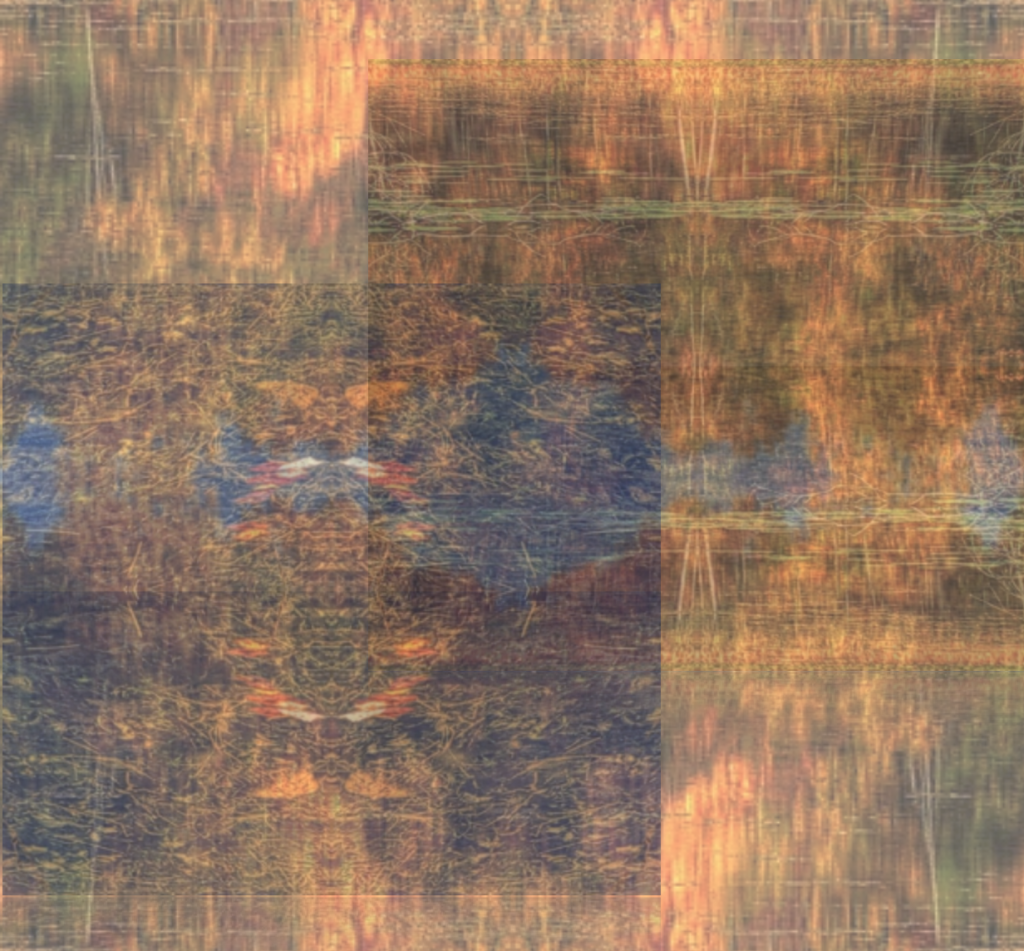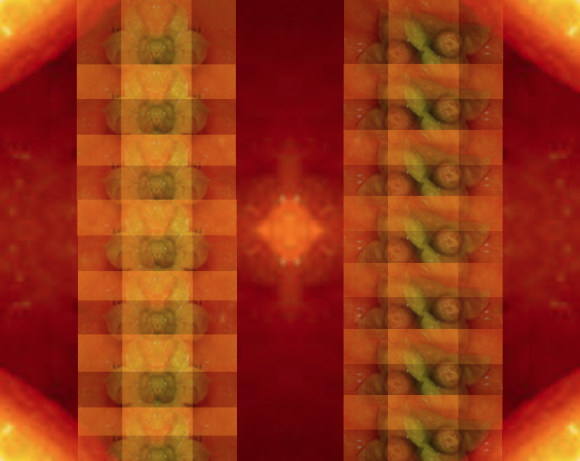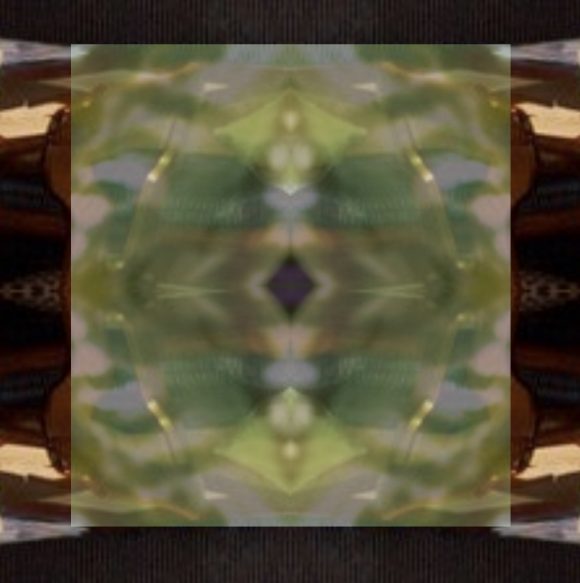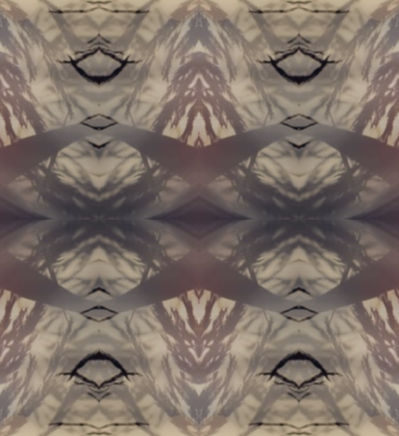I have criticized Hillman for saying that Jung’s archetypes of the Self and the Wise Old Man are the same (or that the Wise Old Man personifies the Self) — mostly for the reason that Jung in many passages clearly speaks as if these two were not just different archetypes, but actually belong to different contexts; in Jung’s view, these are not just not the same, but even widely separated notions.
There is, however, one very central passage in Jung’s work where he explicitly discusses the difference between the Wise Old Man and the Self archetypes. It is the last chapter of the second of the Two Essays, entitled “The Mana Personality” (starting at GW VII, §374).

1. “Mana Personality” is one of the names Jung uses for the Wise Old Man archetype (also cf. GW XII, §121). It is derived from the term “mana”, which he picked up from the anthropological discussions of his day. There it referred to “a broadly distributed magical power, around which everything is centered” (“eine allgemein verbreitete magische Kraft, um die sich alles drehe”; GW VII, §76). Jung interprets this belief in a “magical power” psychologically, of course: he took it to be a metaphor for the complicated dynamics that makes the world go round (including psychologically). In this sense, “mana” is quite similar to what today’s pop spirituality calls “energy” (or one of its fashionable Eastern synonyms, such as the Sanskrit “prāṇa”, Chinese “chi”, Japanese “ki” etc.).
In the psychological dynamics that Jung was mostly interested in, such energy or “mana” would accumulate in unconscious psychological patterns shaped by the archetypes, and thus in some sense “drive” these patterns. For instance, if a person had repressed some elements of their personality, these might over time become obsessive behavioral patterns (called the person’s Shadow); and the strength of these patterns resulted precisely from the energy (or “mana”) that the person had used to repress their personality elements. Once the person engages with their Shadow and re-integrates those personality elements, the energy is freed up and energizes the person’s conscious life, rather than powering their unconscious behaviors.
The entry point into this engagement with the unconscious is always the personal unconscious (the Shadow); and from such a successful confrontation with the Shadow, the person may begin to understand this dynamic: they may understand that the unconscious has gained some “mana” energy, and that bringing unconscious contents into consciousness frees that energy up. Although that is true, there is a danger here: the person may misconstrue this as a kind of power their consciousness has (the power of engaging the unconscious and conquering its “mana”). In reality, according to Jung, the ability of an individual consciousness to handle psychological energy is rather limited. Much of the “mana” that is freed in engaging the Shadow ends up strengthening other unconscious patterns, shaped by different archetypes (typically, the Anima). If the person does not understand this, and mistakenly thinks it can control all this energy, it becomes unconsciously controlled by those archetypes (i.e., Anima-possessed). This dangerous constellation is what Jung calls “inflation”, and much of the second of the Two Essays is dedicated to precisely this problematic dynamic.
Now inflation can happen at any point in this process: after confronting the Shadow (where the unconscious identification typically is with the Anima, i.e. the “mana” then becomes caught up in patterns conforming to the Anima archetype), but also after engagement with the Anima. In that latter case, the person understands the Anima dynamic, and integrates its unconscious contents into their conscious life. (GW VII, §374 sets in at precisely this point.) And here, the person can fall for the same mistake of inflation: erroneously supposing that it can control all the energy that was previously part of the Anima patterns. Again, in reality the capacity of consciousness is much too limited for this, and if the person falls into this error of inflation, they misunderstand themselves: they take themselves to have quasi-magical powers — they think of themselves as controlling their psychological energy (“mana”). In a word: they think of themselves as a “mana personality”. This self-identification is itself an archetypal pattern: Jung also calls it the identification with the “magician” (Zauberer, cf. GW VII, §378; not to be confused with Moore and Gillette’s archetype of masculinity of the same name in KWML):
the figure of the magician […] which draws the mana, i.e. the autonomous force of the anima. Only insofar I unconsciously identify with this figure can I be under the illusion of myself owning the mana of the anima.
die Figur des Zauberers […] die das Mana, das heißt den autonomen Wert der Anima an sich zieht. Nur insofern ich unbewußt mit dieser Figur identisch bin, kann ich mir einbilden, selber das Mana der Anima zu besitzen.
GW VII, §378 (Jung’s emphasis).
2. But what is the alternative to this dangerous error of “inflation”? According to Jung, the positive outcome (where the person does not fall into the error) would be one where the conscious personality takes a comparatively modest stance:
Consciousness has not come to dominate the unconscious, but rather the anima has lost its dominance, to the degree to which consciousness was able to engage with the unconscious. This engagement was not a victory of consciousness over the unconscious, but the creation of an equilibrium between both worlds.
Das Bewußtsein ist nicht Herr über das Unbewußte geworden, sondern die Anima hat ihre herrische Anmaßung in dem Grade eingebüßt, in dem das Ich sich mit dem Unbewußten auseinandersetzen konnte. Diese Auseinandersetzung aber war nicht ein Sieg des Bewußtseins über das Unbewußte, sondern die Herstellung eines Gleichgewichtes zwischen beiden Welten.
GW VII, §381 (my emphasis).
There are thus two very different routes the whole dynamic can follow: one is the error of ego inflation (self-identification as a powerful “magician”), the other a balanced state of equilibrium between consciousness and unconscious (archetypal) forces. When he describes the latter, Jung typically uses the terminology of the Self. And it should be clear from this discussion that whatever pertains to the Self (including its symbols and personalizations) can only be reachable under the very condition that the individual has avoided the error of inflation, i.e. has managed to not identify with the “magician” figure or “mana personality”.
The Wise Old Man (as we have seen) personifies precisely this archetypal “mana personality”, the figure with which a person might identify, in the erroneous state of inflation. Hillman himself points to a form of this error in his Anima (at 139; see also his quote from Jung’s letters on 138). A person in this state is anything but approaching the Self; and so from this discussion, again, it looks simply mistaken to claim (as Hillman does) that the Wise Old Man personifies the Self.
3. Why is all this so important? For the purposes of this blog it’s relevant because the Wise Old Man is the archetype of meaning (according to both Jung and Hillman), and synchronicities (“meaningful coincidences”) are phenomena in which we briefly experience a sense of meaning behind the chaotic events of life. The trouble with Hillman’s claim lies, not just in an error of exegesis (a misinterpretation of Jung’s notions), but in that it conflates the notion of meaning with that of order. Yet order and meaning are not the same: there can be order without meaning (order, that is, of a mindless or mechanistic kind which is prone to kill or suppress anything that is meaningful), and conversely, there can be meaning without order (including meaningful breakdowns of order). To experience meaning “behind the chaotic events of life” is not to contrast order and chaos (as if they were opposites), but rather evokes a typical sequence in which we may become aware or conscious of them. (A dynamic that both the spririt essay and the synchronicities essay attempt to make intelligible in terms of “meaning” and “spirit”, i.e. what the Wise Old Man personifies in these texts.) Both, however — both the Anima and the Wise Old Man, that is, i.e. both “chaotic life” and “meaning” — are archetypal structures, and as such they’re not achievements of consciousness (as we might think when we fall into the error of inflation), but rather belong to its grounds.



